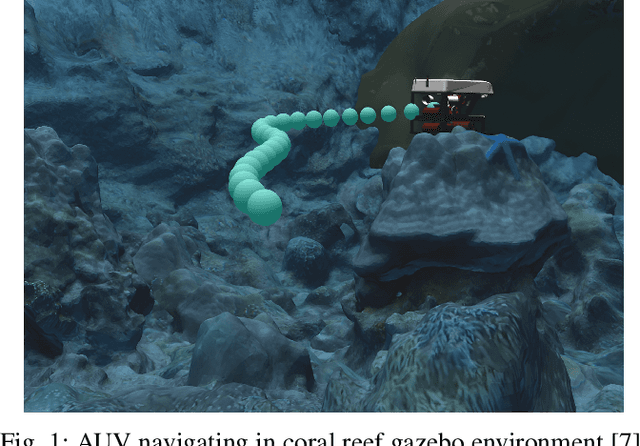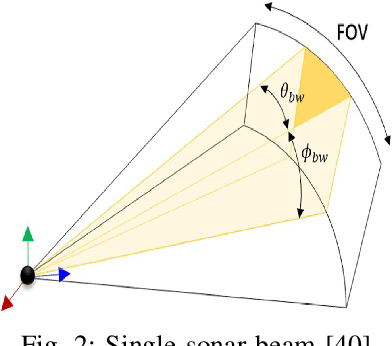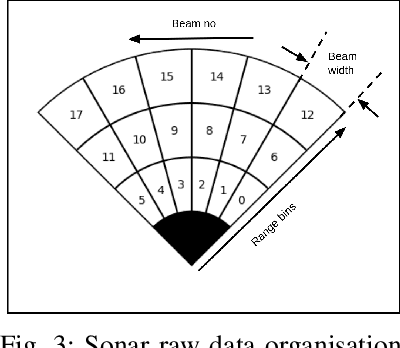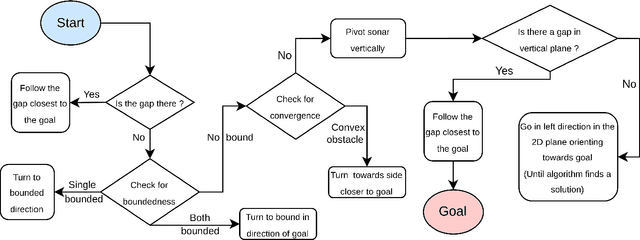EROAS: 3D Efficient Reactive Obstacle Avoidance System for Autonomous Underwater Vehicles using 2.5D Forward-Looking Sonar
Paper and Code
Nov 08, 2024



Advances in Autonomous Underwater Vehicles (AUVs) have evolved vastly in short period of time. While advancements in sonar and camera technology with deep learning aid the obstacle detection and path planning to a great extent, achieving the right balance between computational resources , precision and safety maintained remains a challenge. Finding optimal solutions for real-time navigation in cluttered environments becomes pivotal as systems have to process large amounts of data efficiently. In this work, we propose a novel obstacle avoidance method for navigating 3D underwater environments. This approach utilizes a standard multibeam forward-looking sonar to detect and map obstacle in 3D environment. Instead of using computationally expensive 3D sensors, we pivot the 2D sonar to get 3D heuristic data effectively transforming the sensor into a 2.5D sonar for real-time 3D navigation decisions. This approach enhances obstacle detection and navigation by leveraging the simplicity of 2D sonar with the depth perception typically associated with 3D systems. We have further incorporated Control Barrier Function (CBF) as a filter to ensure safety of the AUV. The effectiveness of this algorithm was tested on a six degrees of freedom (DOF) rover in various simulation scenarios. The results demonstrate that the system successfully avoids obstacles and navigates toward predefined goals, showcasing its capability to manage complex underwater environments with precision. This paper highlights the potential of 2.5D sonar for improving AUV navigation and offers insights into future enhancements and applications of this technology in underwater autonomous systems. \url{https://github.com/AIRLabIISc/EROAS}
 Add to Chrome
Add to Chrome Add to Firefox
Add to Firefox Add to Edge
Add to Edge